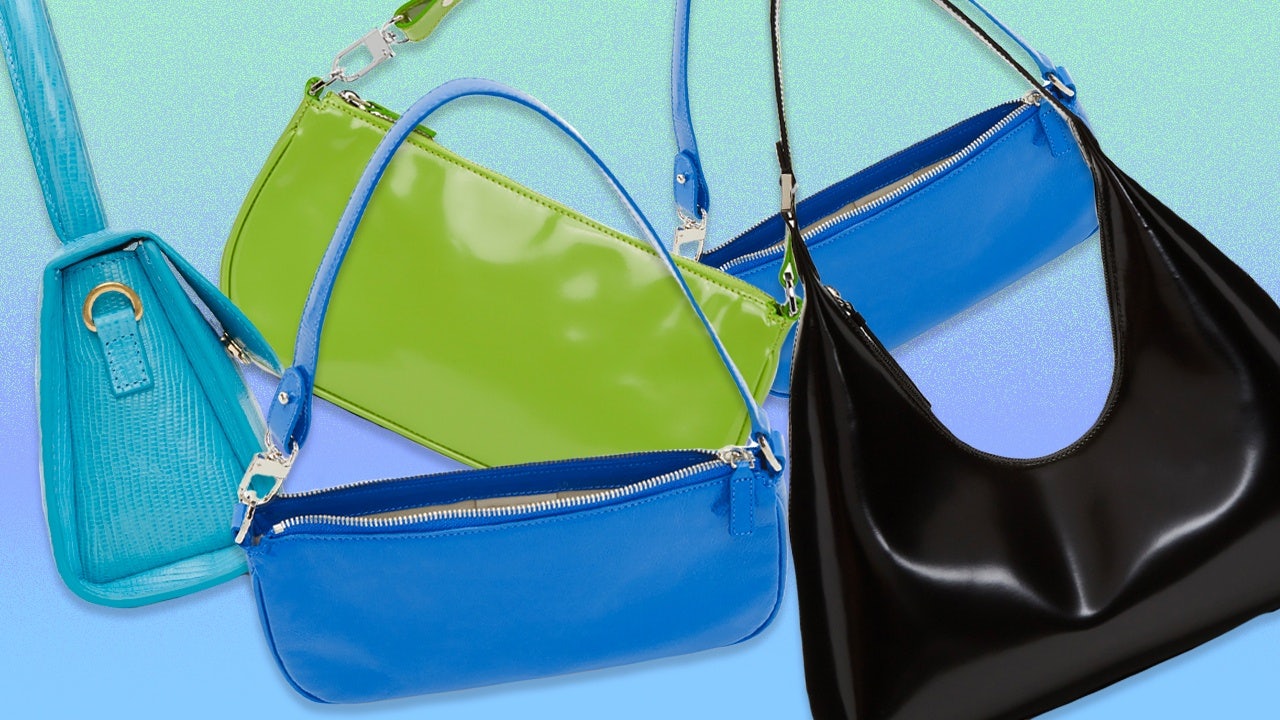I remember a recent conversation with a manager of an underperforming luxury brand about what luxury is. She quickly answered, “It’s got to be expensive.” This is the intuitive description many people attribute to luxury. And nothing could be more wrong. And more dangerous.
First, expensive is relative. For someone with 50 million US dollars, purchasing a Lamborghini is a rounding error, for someone else it’s simply an unattainable dream. Hence, the definition of “expensive” is not actionable for a pricing exercise. Second, simply putting a high price tag on a product and hoping that consumers will purchase it, is doomed for failure. And still, many companies do exactly that. They decide to be in the luxury sector, then focus all their efforts on creating a product, which they price within the more expensive items of a category and then launch. What they call “luxury” becomes a financial disaster. We estimate that more than 90% of new brands in the luxury sector fail, and among the existing brands — often wrongly priced — are many “zombie brands.” They are around but struggle to grow. The cash burn of pricing mistakes is in the billions.
And you don’t have to go far to find a host of failed launches. Across all luxury sectors — from fashion to retail, malls, hospitality and private aviation — we get numerous inquiries from brands that share consumer feedback that their brands are seen as “too expensive.” Just being pricey may have worked years ago when markets were less transparent, consumers less savvy, and competition was scarce, but in today’s digital world with highly sophisticated and social media immersed millennial consumers, it is crucial to justify the price point.
But beware! The value of a luxury product is not in its materials or the time it took to create it. The extreme value of a luxury product is driven by an intangible, yet enormous value component, the ALV (Added Luxury Value). It is an elusive concept that few brands manage well. I focused a significant part of my academic research on decoding luxury, quantifying ALV, identifying key value drivers — to the surprise of many luxury managers, the “product” is not a significant driver of ALV. A high-quality product is important to create emotion and desire, but frankly, quality and craftsmanship are expected. Significant value drivers are beyond the product.
For example, there’s research that people are seen as more attractive in a Bentley than in a Volkswagen. Wearing a Chanel dress will make you appear “smarter” and with more “expertise” than wearing a dress from Hamp;M. A Patek Philippe will signal that you have a stronger “will power” than when you wear a Swatch. The list goes on and on. Other “hidden” luxury value drivers like “public protection” (think private aviation) or “better decision quality” (think of a luxury handbag as a gift) are further driving up the perceived value of luxury. However, instead of having a dedicated resource managing ALV, many brands focus predominantly on product development and underestimate the extreme value creation potential of their brands.
The result: consumers think that it’s not worth the money to spend on a particular product and it remains unsold. And even worst reaction: selling remaining inventory at a discount, further undermining and even destroying the perceived value of a brand. When luxury brands are managed with mass market tactics, commercial disaster is lurking. I see many managers of newer brands struggling with luxury pricing. A common and incorrect belief is that brands first have to earn their “right to price.” As a result, many new brands start with a completely wrong pricing architecture and never have a fighting chance to make it.
On the other extreme, many of the best luxury brands are priced too low. I recently published a case study on Bugatti, showing that their six million dollar supercar, Divo, which sold out immediately after announcement, may have been too cheap. If you imagine that a 40-unit limited edition may have been underpriced by a million dollars, the financial impact on the brand’s profitability may have been significant. In the same case study, I argued that Bugatti is probably one of the best luxury car brands in terms of value creation, and this shows that pricing of a luxury item is all but trivial. If the most expensive and most value creating brand is potentially priced too cheaply, then many other luxury brands may also suffer from this predicament. In other words, many luxury brands may opt out of significant profits by not realizing their pricing potential.
When a brand realizes their mistake, either being too cheap or not being able to create enough value to justify the price tag, it may be too late for them. An additional complication is digital super acceleration, further emphasized through the COVID-19 pandemic. Since practically all purchase decisions are taken online during the digital customer journey — often far in advance of visiting a luxury boutique or a luxury car showroom — the meticulous management of the digital decision-making process can mean success or failure. Sadly, many brands are unable to “close the deal” digitally. If a consumer perceives you as “too expensive” while browsing your Instagram, you may never get a second chance. Digital brand storytelling, another area where many brands underperform, is as important as the physical one.
Common strategic pricing errors cost many luxury brands their future. The ongoing COVID-19 crisis has additionally led to tactical over-reactions by many brands, partly by giving steep discounts. The result: alienating their best customers for the unproven hope of gaining a few new ones. This leads to a trade-in of brand equity for easy growth. The challenge with managing ALV is once it’s been destroyed by erratic moves, it’s almost impossible to build it back up. This can be a wakeup call for many managers.
Growth and brand equity should never be disconnected. Luxury brands need to rethink their strategies, become much clearer on their value creation system, and apply much more thinking and precision on pricing. There is no Plan B. Either you price right, reflecting ALV, or you die after ALV is destroyed. The choice is yours.
Daniel Langer is CEO of the luxury, lifestyle and consumer brand strategy firm Équité, and the professor of luxury strategy and extreme value creation at Pepperdine University in Malibu, California. He consults some of the leading luxury brands in the world, is the author of several luxury management books, a global keynote speaker, and holds luxury masterclasses in Europe, the USA, and Asia. Follow @drlanger


